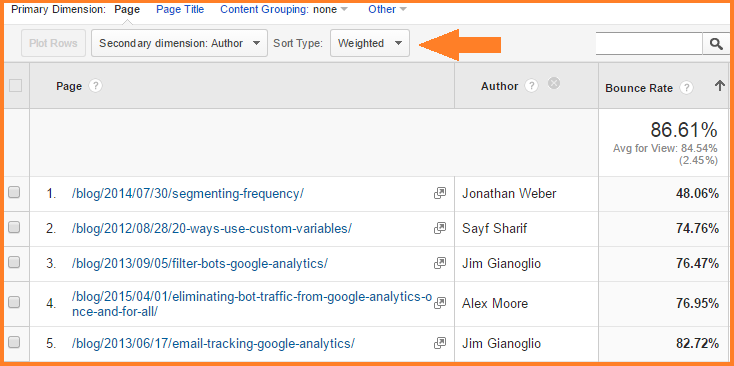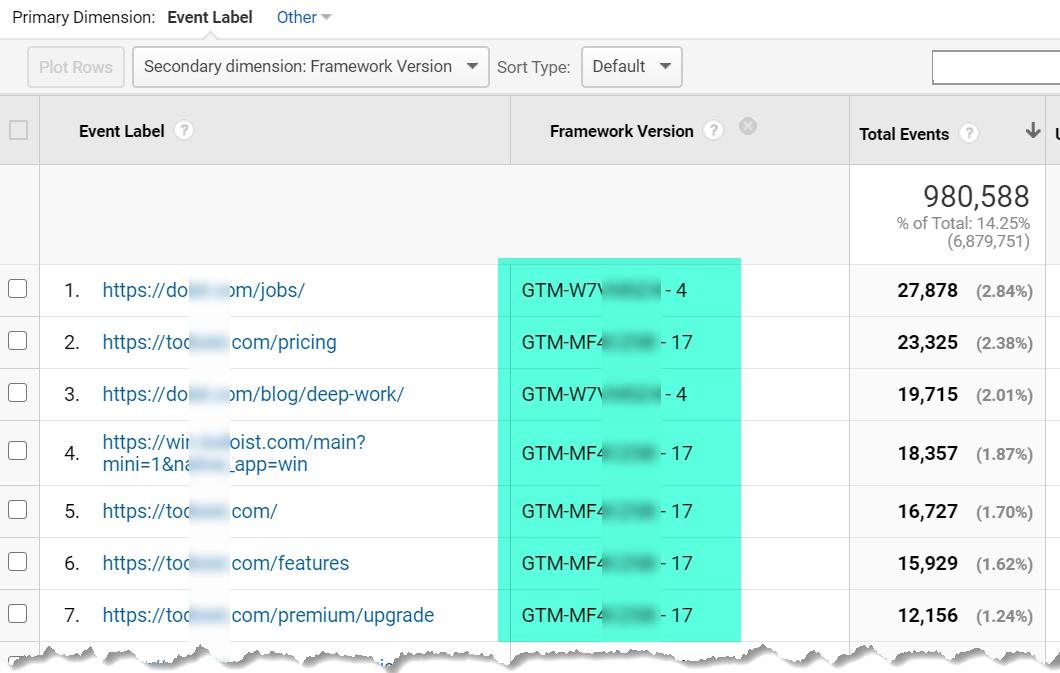Recognizing the Idea of a 'Secondary Dimension' in Google Analytics: What Does It Mean?
Recognizing the Idea of a 'Secondary Dimension' in Google Analytics: What Does It Mean?
Blog Article
Deciphering the Value of Second Measurement in Google Analytics: Everything About Its Significance and Impact
In the world of electronic analytics, the use of secondary dimensions within Google Analytics functions as an essential tool for discerning much deeper layers of information insights. The importance of additional dimensions lies in their capability to give a nuanced sight of customer behavior and interaction with an internet site or platform. By exploring information past surface-level metrics, companies can unlock a riches of details that forms tactical decisions and refines advertising efforts. This expedition into the realm of additional measurements not only uses a thorough understanding of user engagement but additionally sheds light on the intricate dynamics that drive on-line performance.
Comprehending Secondary Dimensions in Google Analytics
The understanding of secondary dimensions in Google Analytics is important for obtaining deeper understandings into customer actions and site performance. While main measurements offer essential data points such as website traffic sources and web page views, additional dimensions enable a more nuanced evaluation by offering extra context to these main metrics. By incorporating secondary measurements, users can segment and filter their data to uncover patterns and patterns that might not be quickly apparent.

Revealing the Perks of Additional Dimensions
Structure upon the fundamental understanding of second dimensions in Google Analytics, discovering the advantages they offer discloses invaluable insights for enhancing data analysis and decision-making. By including second dimensions, individuals can delve deeper into their information, gaining a more comprehensive view of individual habits, content efficiency, and various other crucial metrics.
Additionally, secondary measurements offer context to key information, using added layers of information that can help in understanding user interactions and choices. This improved understanding can direct calculated decision-making, resulting in even more targeted marketing projects, web site optimizations, and general better efficiency. Essentially, additional measurements act as a powerful tool for opening much deeper understandings and maximizing the utility of Google Analytics for services and website owners.
Leveraging Additional Dimensions for Boosted Insights
By using the power of secondary dimensions in Google Analytics, services can discover much deeper understandings that drive educated calculated and decision-making optimization initiatives. Leveraging secondary dimensions permits companies to dig past surface-level information and gain a much more extensive understanding of user habits, target market demographics, website traffic sources, and web site performance. By combining primary dimensions like traffic sources with additional measurements such as geographical area or gadget category, businesses can identify which gadgets or areas are driving the most beneficial traffic to their web site.
Additionally, secondary dimensions allow businesses to section and analyze information more properly, helping them identify trends, patterns, and opportunities that might have otherwise gone unnoticed. By making use of additional navigate to this site dimensions, companies can customize their advertising methods, web content, and user experience to far better fulfill the demands and choices of their target audience. Essentially, leveraging secondary dimensions in Google Analytics equips companies to make data-driven decisions that bring about improved visite site efficiency, boosted ROI, and lasting growth.

Influence of Second Measurements on Information Evaluation
Enhancing data evaluation with the usage of second dimensions in Google Analytics provides companies with a much deeper understanding of their on-line efficiency metrics. By incorporating second measurements, such as time of day, geographical location, or device classification, services can uncover valuable understandings that might have been ignored with key measurements alone. This boosted degree of granularity allows for even more precise division of information, enabling services to determine patterns, patterns, and relationships that can drive calculated decision-making.

Making Best Use Of Potential: Secondary Capacities Methods
The calculated application of second dimensions in Google Analytics extends past enhancing information analysis; it includes crafting targeted strategies to open the full capacity of beneficial insights for business development. By employing secondary measurements efficiently, services can dive deeper right into their site traffic, individual actions, and advertising and marketing campaigns to extract actionable insights. One essential approach is to combine second measurements with key dimensions to gain a detailed sight of customer communications. Pairing the key measurement of 'source/medium' with secondary measurements like 'touchdown page' or 'gadget category' can disclose which networks are driving traffic browse around this web-site to certain pages or exactly how user behavior differs across devices.
Furthermore, using additional measurements to segment data based on customer demographics, actions, or innovation can assist services tailor their marketing efforts to particular target market sectors. This targeted strategy can result in improved conversion rates, boosted customer experiences, and ultimately, boosted ROI. By taking full advantage of the capacity of secondary measurements in Google Analytics, organizations can make enlightened decisions, maximize their on the internet presence, and drive sustainable development.
Verdict
In final thought, secondary dimensions in Google Analytics play an important duty in offering deeper understandings and enhancing data analysis. Incorporating secondary measurements right into information evaluation strategies can lead to even more enlightened decision-making and improved total performance.
While main measurements offer basic data factors such as website traffic sources and web page sights, additional measurements permit for a much more nuanced evaluation by offering additional context to these primary metrics. By integrating main measurements like website traffic sources with second measurements such as geographic location or device group, businesses can determine which regions or devices are driving the most important website traffic to their site.
By integrating second dimensions, such as time of day, geographic location, or device group, services can reveal valuable understandings that may have been ignored with primary dimensions alone. One essential technique is to combine additional dimensions with primary measurements to get a comprehensive sight of customer interactions. Pairing the primary measurement of 'source/medium' with additional dimensions like 'touchdown web page' or 'gadget group' can disclose which channels are driving web traffic to certain pages or how user actions differs across devices.
Report this page